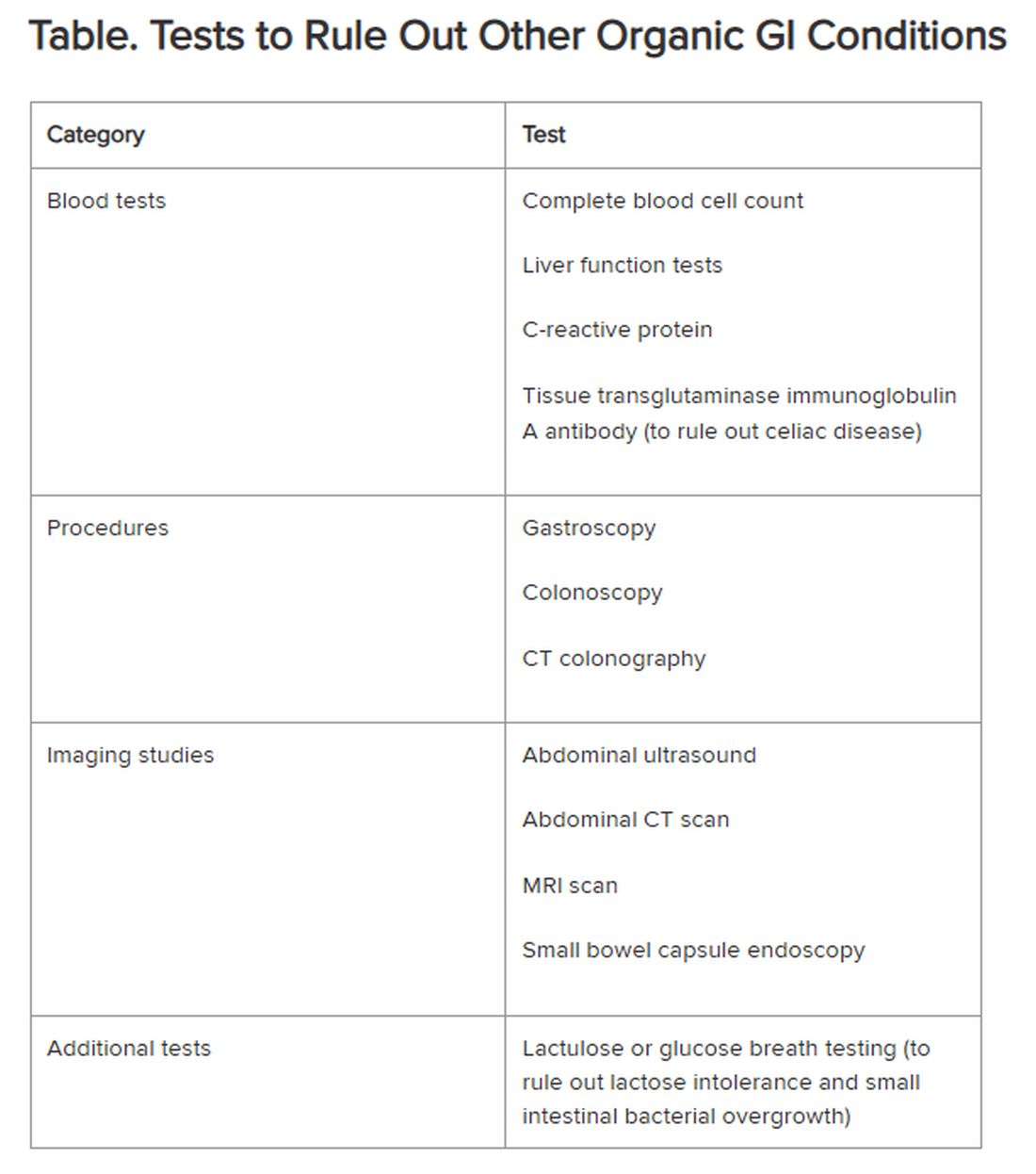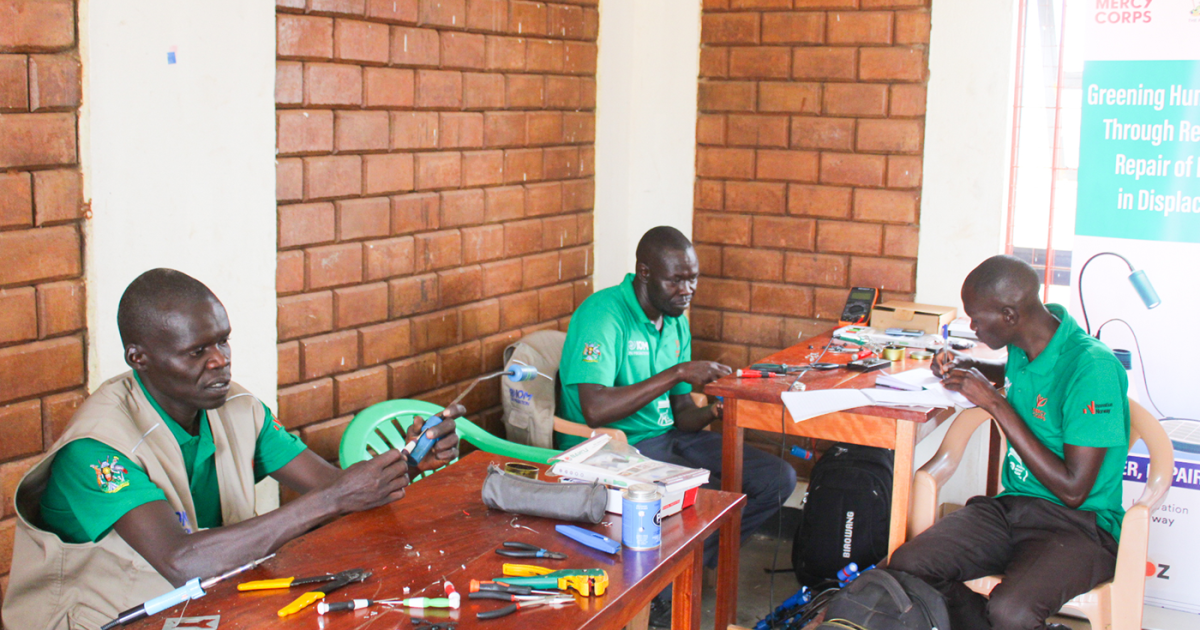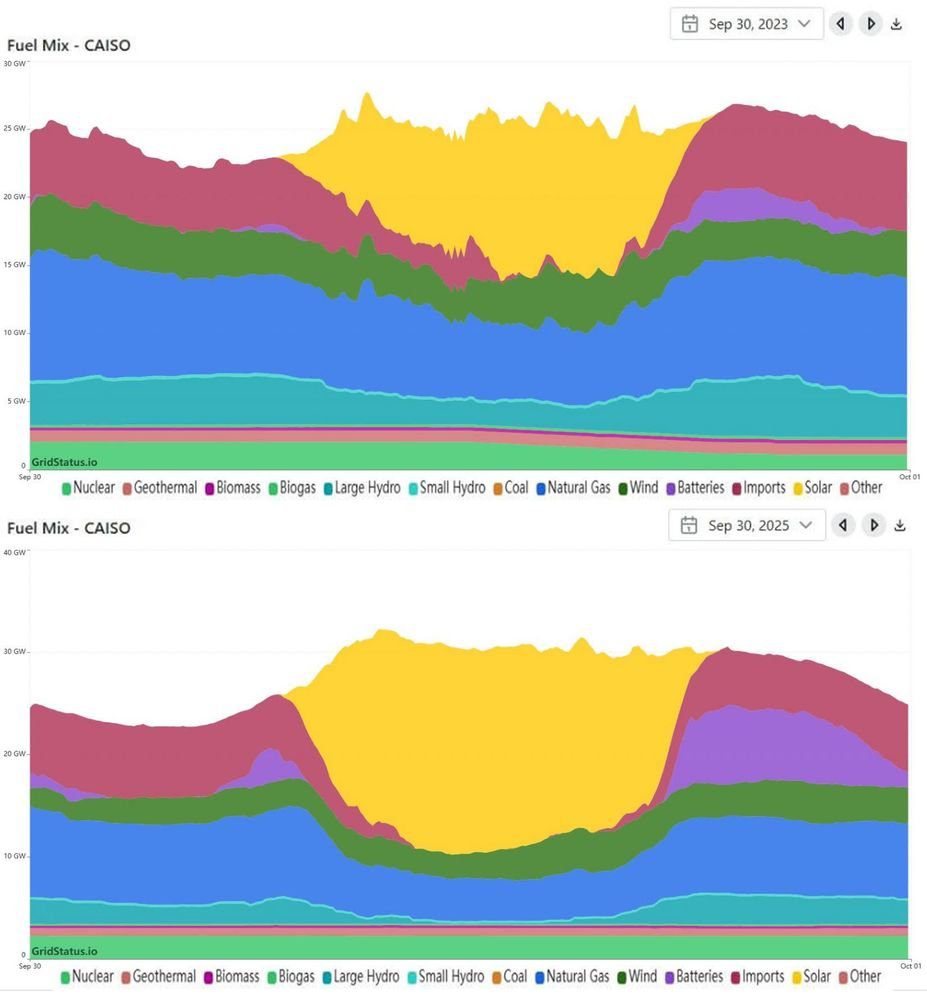Double dose ultrasound delivers BPA water pollution breakthrough – Laboratory News

Report on Advanced Sonochemical Water Purification and its Contribution to Sustainable Development Goals
Date: 09 August 2025
Source: University of Glasgow, School of Chemistry
Subject: A novel, chemical-free ultrasound technology for the degradation of hazardous water pollutants, significantly advancing progress towards key United Nations Sustainable Development Goals (SDGs).
1.0 Executive Summary
Researchers at the University of Glasgow’s Symes Group have developed an innovative dual-frequency ultrasound system capable of effectively eliminating persistent chemical pollutants from water without the need for additional catalysts. The technology has demonstrated a 94% degradation rate for bisphenol A (BPA), a widespread and harmful contaminant. This breakthrough directly supports the achievement of several SDGs, most notably SDG 6 (Clean Water and Sanitation), by offering a sustainable and efficient method for improving water quality.
2.0 Technological Innovation and Methodology
The research, published in Ultrasonics Sonochemistry, details a process that leverages sonochemistry as a standalone purification method. This aligns with SDG 9 (Industry, Innovation, and Infrastructure) by introducing a clean and sustainable technological upgrade for water treatment systems.
- Process: Contaminated water is exposed to a dual-frequency ultrasound field, combining 20 kHz with either 37 kHz or 80 kHz.
- Mechanism: The ultrasound generates millions of microscopic bubbles. The rapid growth and collapse of these bubbles create localized “hotspots” of extreme temperature and pressure.
- Outcome: These hotspots break down complex pollutant molecules, such as BPA, into benign substances like carbon dioxide, effectively removing them from the water.
3.0 Efficacy and Key Findings
Systematic testing has confirmed the technology’s high efficiency, marking a significant step towards fulfilling the objectives of SDG 3 (Good Health and Well-being) by mitigating exposure to endocrine-disrupting chemicals.
- Pollutant Degradation: The 20 kHz and 37 kHz frequency combination proved most effective, degrading 94% of BPA in water samples during a 40-minute treatment period.
- Chemical Oxygen Demand (COD) Reduction: A corresponding 67% reduction in COD was observed, indicating a substantial decrease in overall organic pollution.
- Chemical-Free Advantage: As stated by PhD researcher Shaun Fletcher, the process is self-contained, eliminating the need for subsequent purification stages to remove catalysts or other chemical additives.
4.0 Direct Contributions to Sustainable Development Goals (SDGs)
This sonochemical advancement provides a targeted solution that addresses multiple interconnected global challenges outlined in the 2030 Agenda for Sustainable Development.
- SDG 6: Clean Water and Sanitation: The technology directly addresses Target 6.3 by improving water quality through the reduction of pollution and the elimination of hazardous chemicals like BPA.
- SDG 3: Good Health and Well-being: By removing BPA, a known endocrine disruptor linked to severe health conditions, the innovation contributes to Target 3.9, which aims to reduce illnesses from hazardous chemical contamination.
- SDG 12: Responsible Consumption and Production: The technology offers a method for sustainably managing chemical waste (Target 12.4) resulting from the production and disposal of plastics containing BPA.
- SDG 14: Life Below Water: Preventing land-based pollutants from entering water systems helps protect marine and freshwater ecosystems from chemical contamination, aligning with Target 14.1.
- SDG 9: Industry, Innovation, and Infrastructure: The development represents a significant scientific innovation (Target 9.5) with the potential to retrofit and upgrade water treatment infrastructure to be more sustainable and efficient (Target 9.4).
5.0 Future Applications and Industrial Potential
The Symes Group is actively exploring the broader application of this technology, positioning it as a vital tool for future environmental stewardship and sustainable industrial practices.
- Expanded Scope: Research is underway to adapt the technique for the degradation of other persistent pollutants, including per- and polyfluoroalkyl substances (PFAS), often called “forever chemicals.”
- Industrial Collaboration: The university is in discussions with water companies to scale the technology for industrial and municipal use, demonstrating a clear pathway from laboratory research to real-world impact.
- Complementary Technology: Professor Mark Symes noted that while ultrasound will not replace conventional sewage systems, it excels as a targeted solution for specific, hard-to-treat toxins, addressing a critical gap in current water treatment capabilities.
Which SDGs are addressed or connected to the issues highlighted in the article?
SDG 3: Good Health and Well-being
- The article connects directly to this goal by highlighting the health risks associated with the water contaminant bisphenol A (BPA). It states that “Buildups of the pollutant in humans can impact the endocrine system and hormone production, affecting foetal development and are linked to several adult health conditions.” By developing a technology to remove this harmful chemical, the research contributes to preventing illnesses caused by water contamination.
SDG 6: Clean Water and Sanitation
- This is the central SDG addressed in the article. The entire focus is on a new technology developed to “tackling difficult pollutants in water.” The research demonstrates a method to “erase 94% of traces of bisphenol A (BPA),” a common water contaminant, thereby directly contributing to improving water quality for all.
SDG 9: Industry, Innovation, and Infrastructure
- The article showcases scientific innovation and its potential industrial application. It describes a “breakthrough” development in sonochemistry from the University of Glasgow, which is a form of scientific research and technological advancement. The mention of being in “discussion with water companies to explore the technology’s industrial potential” points towards upgrading infrastructure with clean, new technologies.
SDG 12: Responsible Consumption and Production
- This goal is relevant as the technology provides a method for the “environmentally sound management of chemicals.” The article explains that BPA is a chemical used in plastics, with “an estimated 10 billion kilograms produced every year.” The ultrasound technique offers a way to manage the resulting chemical waste in water without adding other chemicals, thus reducing its adverse impacts on the environment and human health.
What specific targets under those SDGs can be identified based on the article’s content?
SDG 3: Good Health and Well-being
-
Target 3.9: By 2030, substantially reduce the number of deaths and illnesses from hazardous chemicals and air, water and soil pollution and contamination.
- The article’s focus on removing BPA, a chemical explicitly linked to endocrine disruption and other health conditions, directly aligns with this target. The technology is designed to reduce water contamination, thereby mitigating the health risks associated with this hazardous chemical.
SDG 6: Clean Water and Sanitation
-
Target 6.3: By 2030, improve water quality by reducing pollution, eliminating dumping and minimizing release of hazardous chemicals and materials, halving the proportion of untreated wastewater and substantially increasing recycling and safe reuse globally.
- The research directly addresses this target by presenting a method that “degraded 94% of BPA present in samples” and achieved a “67% reduction in chemical oxygen demand.” This is a clear effort to improve water quality by reducing pollution from hazardous chemicals.
SDG 9: Industry, Innovation, and Infrastructure
-
Target 9.4: By 2030, upgrade infrastructure and retrofit industries to make them sustainable, with increased resource-use efficiency and greater adoption of clean and environmentally sound technologies and processes, with all countries taking action in accordance with their respective capabilities.
- The ultrasound technology is described as a clean process that avoids “the addition of chemicals.” Its potential application by water companies represents an upgrade to water treatment infrastructure with a more sustainable and environmentally sound technology.
-
Target 9.5: Enhance scientific research, upgrade the technological capabilities of industrial sectors in all countries, in particular developing countries, including, by 2030, encouraging innovation and substantially increasing the number of research and development workers per 1 million people and public and private research and development spending.
- The article is a report on scientific research conducted at the University of Glasgow, resulting in an innovative technology published in “Ultrasonics Sonochemistry.” This directly contributes to enhancing scientific research and encouraging innovation.
SDG 12: Responsible Consumption and Production
-
Target 12.4: By 2020, achieve the environmentally sound management of chemicals and all wastes throughout their life cycle, in accordance with agreed international frameworks, and significantly reduce their release to air, water and soil in order to minimize their adverse impacts on human health and the environment.
- The technology offers a method for the environmentally sound management of BPA waste in water. By breaking the molecules down into substances like carbon dioxide, it significantly reduces the release and presence of this hazardous chemical in the water system, minimizing its environmental and health impacts.
Are there any indicators mentioned or implied in the article that can be used to measure progress towards the identified targets?
Indicators for SDG 6 (Target 6.3) and SDG 12 (Target 12.4)
- Percentage of pollutant removed: The article provides a precise metric: the technology “degraded 94% of BPA present in samples.” This can be used as a direct indicator of water quality improvement and the reduction of chemical release.
- Reduction in Chemical Oxygen Demand (COD): The article states there was a “67% reduction in chemical oxygen demand.” COD is a standard measure of water quality, making this a quantifiable indicator of reduced pollution.
Indicators for SDG 3 (Target 3.9)
- Reduction in concentration of hazardous chemicals in water: While the article does not measure health outcomes, the reduction of BPA concentration in water is an implied proxy indicator. By removing 94% of the contaminant, the technology reduces human exposure, which is the first step in reducing illnesses from this source.
Indicators for SDG 9 (Targets 9.4 & 9.5)
- Development of new, clean technologies: The creation of the “ultrasound system prototype” itself serves as an indicator of innovation and progress towards developing clean technologies.
- Industry collaboration and adoption: The fact that the university is in “discussion with water companies to explore the technology’s industrial potential” is an indicator of progress towards the adoption and scaling of this new technology in industrial sectors.
- Scientific publications: The reference to the research paper in “Ultrasonics Sonochemistry” is an indicator of scientific research output and knowledge sharing.
SDGs, Targets, and Indicators Analysis
| SDGs | Targets | Indicators Identified in the Article |
|---|---|---|
| SDG 3: Good Health and Well-being | 3.9: Substantially reduce illnesses from hazardous chemicals and water pollution. | Implied reduction of human exposure to BPA, a chemical linked to endocrine disruption, foetal development issues, and adult health conditions. |
| SDG 6: Clean Water and Sanitation | 6.3: Improve water quality by reducing pollution and minimizing the release of hazardous chemicals. | – Degradation of 94% of BPA in water samples. – 67% reduction in chemical oxygen demand. |
| SDG 9: Industry, Innovation, and Infrastructure | 9.4: Upgrade infrastructure with clean and environmentally sound technologies. 9.5: Enhance scientific research and encourage innovation. |
– Development of a new ultrasound system prototype. – Publication of research in “Ultrasonics Sonochemistry.” – Discussions with water companies for industrial application. |
| SDG 12: Responsible Consumption and Production | 12.4: Achieve environmentally sound management of chemicals and significantly reduce their release to water. | – Removal of 94% of BPA, a chemical waste product from plastics, from water. – Use of a treatment process that avoids adding other chemicals. |
Source: labnews.co.uk

What is Your Reaction?
 Like
0
Like
0
 Dislike
0
Dislike
0
 Love
0
Love
0
 Funny
0
Funny
0
 Angry
0
Angry
0
 Sad
0
Sad
0
 Wow
0
Wow
0















;Resize=805#)































































